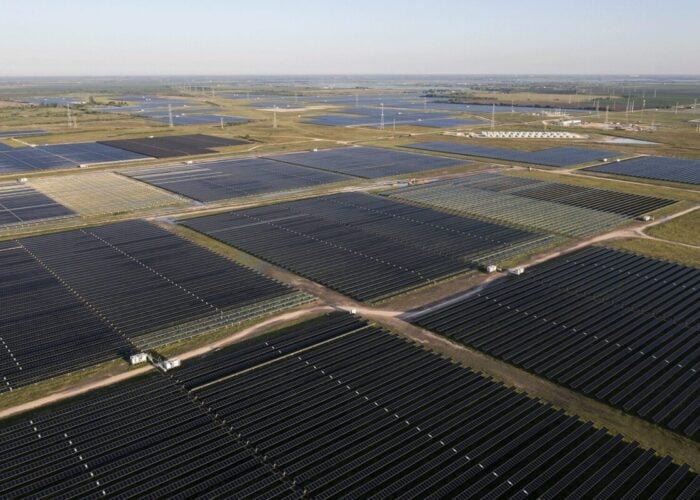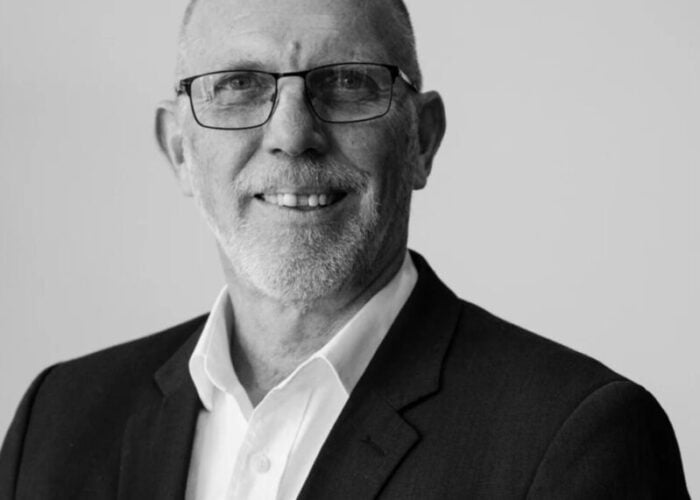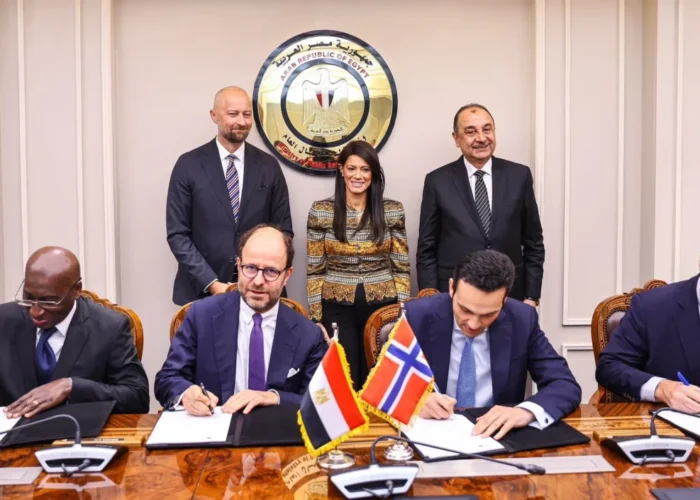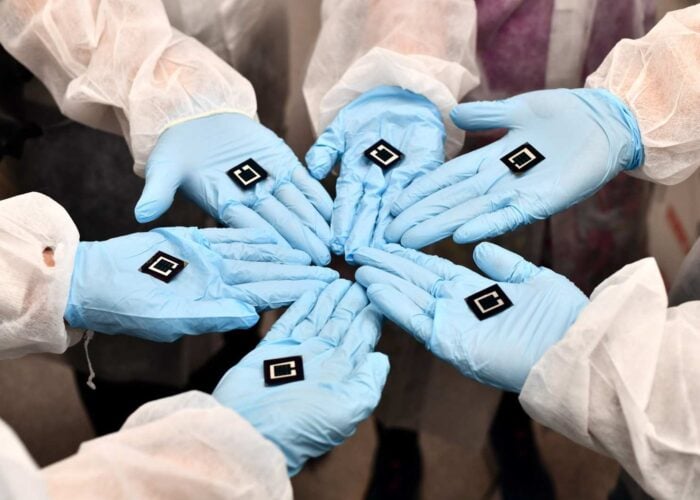A Soitec multi-junction solar cell for use in concentrator photovoltaic (CPV) systems has become the company’s latest cell to reach a world record for conversion efficiency at 46%, according to Fraunhofer Institute for Solar Energy (Fraunhofer ISE).
The Germany-headquartered research institute once again collaborated with Soitec on the new cell, along with CEA-Leti, a division of the French research and technology organisation. The three parties were also involved in the most recent record-breaking CPV cell last year.
Try Premium for just $1
- Full premium access for the first month at only $1
- Converts to an annual rate after 30 days unless cancelled
- Cancel anytime during the trial period
Premium Benefits
- Expert industry analysis and interviews
- Digital access to PV Tech Power journal
- Exclusive event discounts
Or get the full Premium subscription right away
Or continue reading this article for free
The efficiency of the new cell has been independently verified under standard test conditions by the Japanese National Institute of Advanced Industrial Science and Technology (AIST). The multi-junction cell’s efficiency was measured at a concentration of 508 suns under a Fresnel concentrator lens. So-called multi-junction cells, based on III-V semiconductor compound materials, allow the materials at each junction to respond to different wavelengths of light.
The latest cell has four junctions, with each sub-cell converting photons with a wavelength of between 300 nm and 1750 nm into electricity. Each of the sub-cells converts a quarter of incoming photons, which Fraunhofer ISE says was a “special challenge” to achieve precisely. According to Fraunhofer ISE, this was done by “precise tuning of the composition and thickness of each layer inside the cell structure”.
This week’s announcement comes just over a year since the last big efficiency gain for Soitec cells – when another III-V-based solar cell converted 44.7% of light under a high concentration of simulated sunlight. That too came from the cooperative relationship between Soitec, CEA-Leti and Fraunhofer, with the additional involvement of another German research organisation, Helmholtz Center Berlin.
More recently, in July this year, a CPV solar module made using the 44.7% Soitec multi-junction cell in combination with a Fraunhofer-developed Fresnel lens reached a conversion efficiency of 36.7%. Back in March this year, research firm IHS said in a report that it expects the competitive landscape for CPV to “liven up” over the next five years.
Speaking of the latest world record, Fraunhofer’s project leader for cell development, Dr Frank Dimroth, said he was pleased the 46% figure had been verified by AIST and talked up the potential for CPV, in territories where it fitted.
“We are extremely pleased to hear that our result of 46% efficiency has now been independently confirmed by AIST in Japan,” Dimroth said.
“CPV is the most efficient solar technology today and suitable for all countries with high direct normal irradiance.”
Soitec struck a deal in October to supply 150MW of CPV modules to a project in California, while in the same month a 20.5MW concentrator PV plant in China, also using Soitec technology, reached its second phase.







